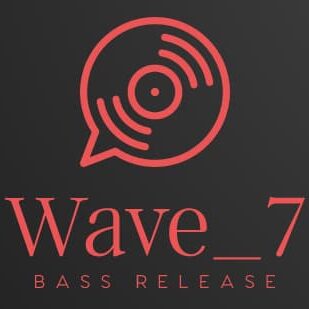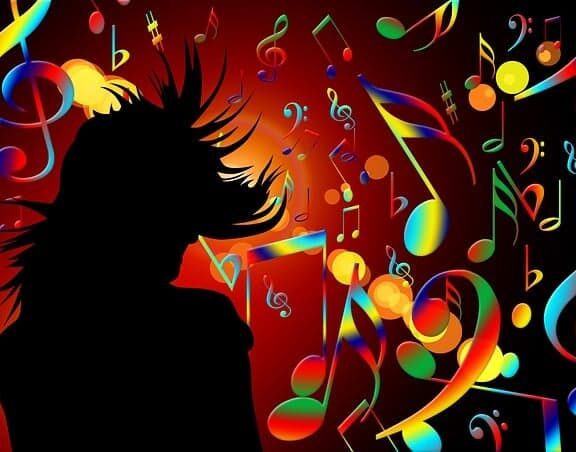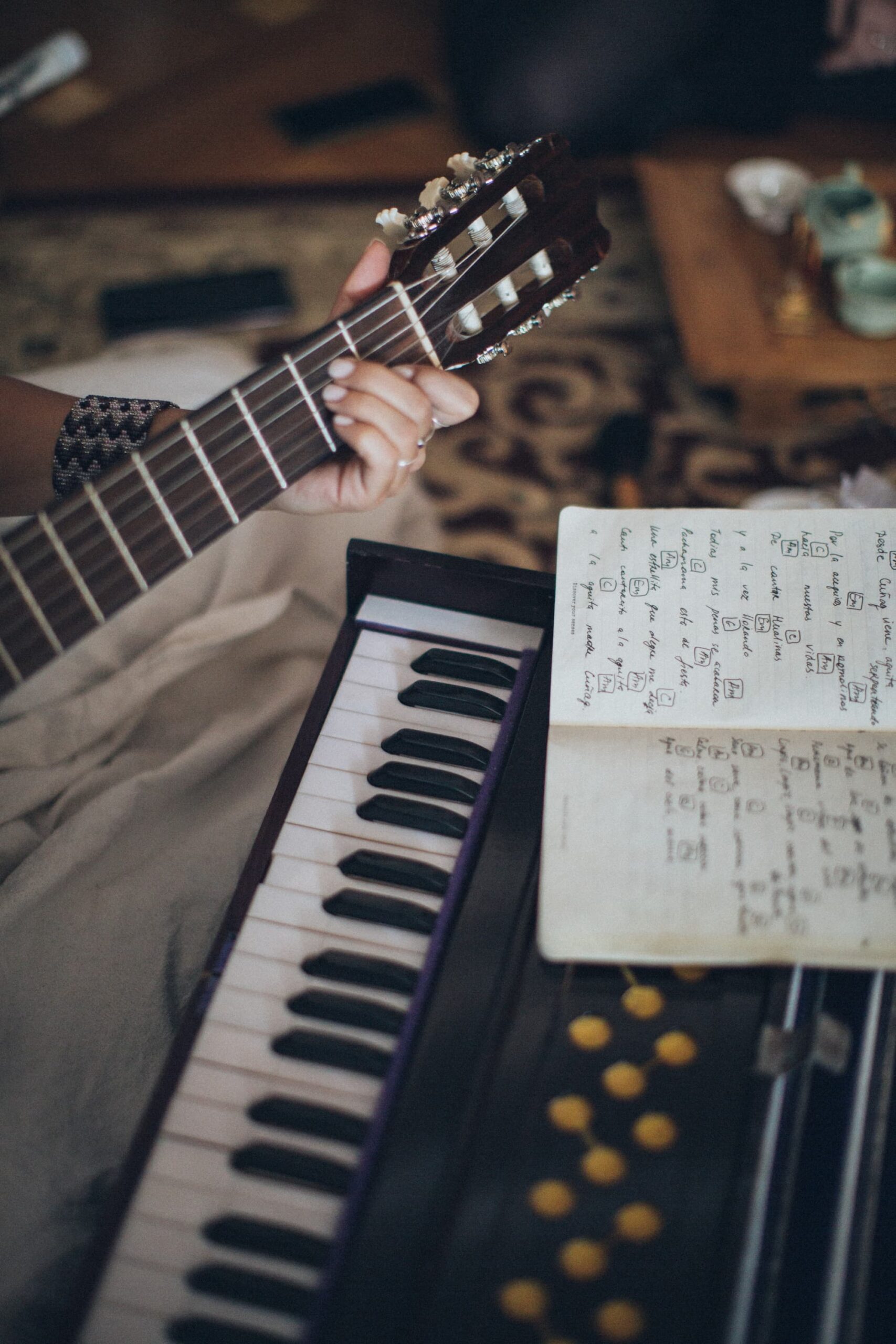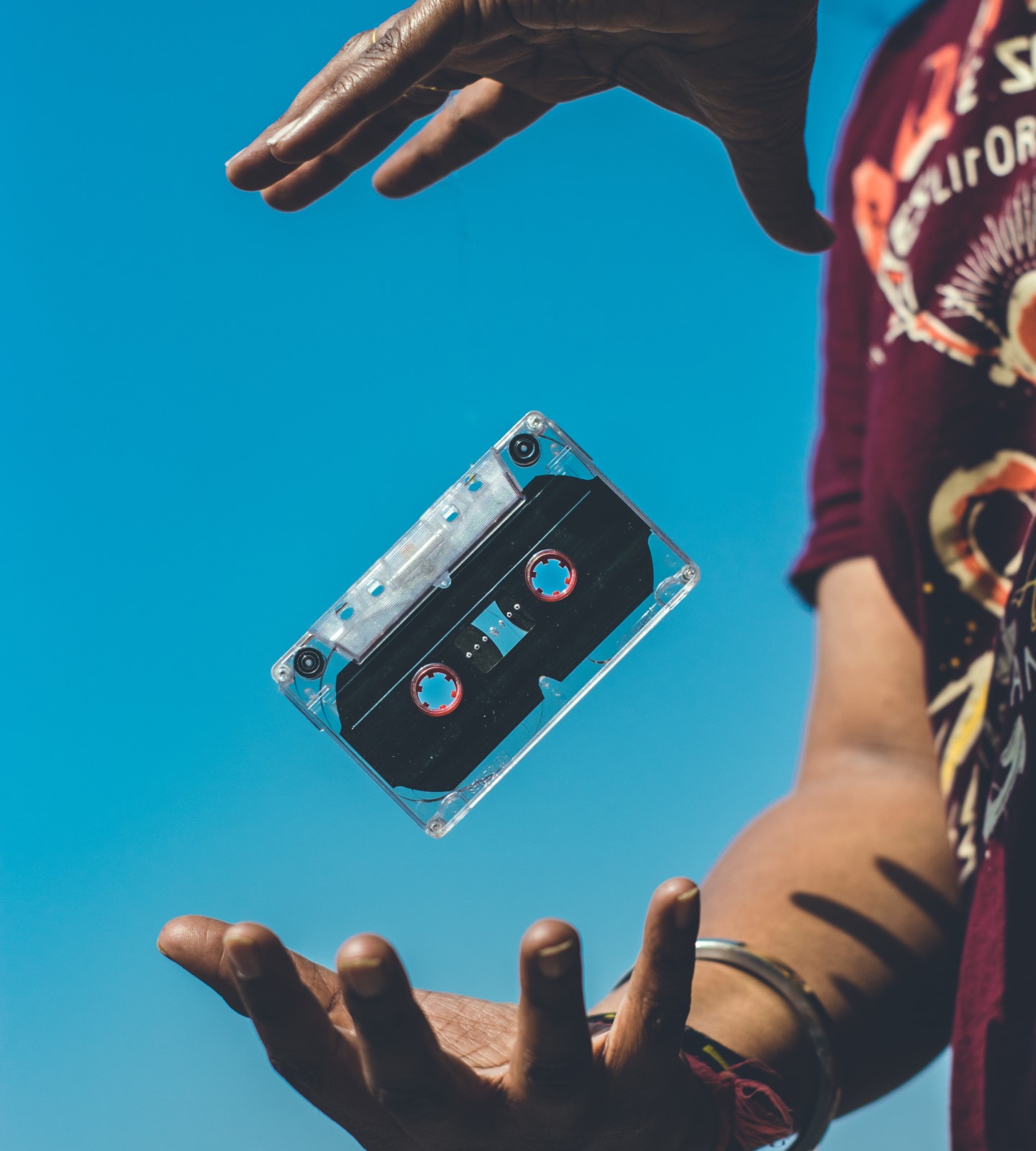The story of the rise and fall of house, dubstep, drum’n’bass, hip-hop and techno. Beginning its journey to the masses at rave platforms and underground club stages, electronic dance music has evolved from a nightmare of music critics and tabloids into something commonplace, everyday and familiar.
The older we get, the worse modern music seems to be. Nevertheless, everyone understands that popularity directly depends on the quality of the musical material. You can call me a cheapskate or an old mammoth (I don’t mind, by the way), but I’m more than sure that dance music was much better back in the days when many people didn’t even know it existed.
Some styles of electronic music have only gotten better over the years, while others have slipped into constant self-repetition, losing everything the listeners originally valued them for.
House
House music emerged in the U.S. in the early 1980s and sounded incredible at the time. The innovative electronic sound of house is the result of the active development of digital music and studio equipment, as well as a real revolution in the world of semiconductors and silicon chips. All this led to the fact that the democratic world of electronic music has become a real mouthpiece of progressive youth.
Skillful mixture of disco energy with soulfulness of gospel, funk and rhythm and blues gave the world a lot of bright and memorable records, and when the palm of primacy in the formation of the genre was picked up by musicians from Britain, house came to an entirely different level.
The widespread popularization of house in 1990-2000 was the result of the meaning inherent in the music itself. House compositions were created in order to awaken in listeners a primal desire to dance. Until the end of the noughties house confidently kept the interest of the public, until at one point it began to talk about that house – it’s trash.
In the early 2010s, lighter and simpler dance music blended with pop music, becoming the true standard in the world. The lyrics made more sense, Deadmau5 started writing songs with Justin Bieber, and the compositions became clearer and more enjoyable. Nowadays house is mentioned very rarely and only in articles like this one.
Drum’n’bass
If DJ Brockie were dead, he’d be spinning in his coffin all the time now from what drum’n’bass has become. The mid-1990s was the golden age of electronic music – such creativity was not for everyone, ordinary listeners hated electronic music, and happy hardcore musicians boldly experimented on the sound.
At a certain moment the borders of the permitted widened and a completely new style of dance music appeared – drum’n’bass. Thanks to the fact that raves and drum’n’bass itself stood a little aside from the mainstream, listeners gradually began to think that the genre was exceptional. Drama’s popularity grew until 1998, when the pinnacle record in the style – the composition “The Nine” by Bad Company – was released.
Today no one blames bands like Fresh, dBridge, Maldini and Vegas for turning drum’n’bass into a competition to pump up music with bass testosterone. Nevertheless, it was this love of bass power that was the turning point for the style, after which there was no turning back. Once drummers began chasing more and more chugging bass, audiences lost interest in the style.
Drum-n-base became a patchwork of different branches – there was serious and lingering DnB for the elite, and noisy and nervous drumming for ravers, and commercial drumming for the masses. This division has finally finished off the once popular style of music.
Techno
In the late 1980s techno was electronic music with bright and catchy melodies. In the 1990s the style split into several directions: Detroit, European and British. Directions were strikingly different from each other and offered listeners a musical experience.
These days the genre imperceptibly merged all directions into a single whole and became predictable music at any rate. Techno DJs are more concerned with their own appearance than creating new and unusual music. The funny thing is that the style didn’t manage to have enough influence on the music – the DJs immediately started competing in external coolness, forgetting about the music.
Hip-hop
Hip-hop has had a huge impact on popular culture. It started its way to the masses in the 1970s at parties in the Bronx, and by the 1990s it had become the voice of the streets. It was hip-hop that gave the world such stars as Run DMC, Dr. Dre, Eric B & Rakim, Snoop Dogg, 2Pac and many others.
In the 1990s hip-hop was not afraid to bring up tough social issues and talk about the problems of life and the injustice of the world. Musicians and MCs easily read about the complexities of politics, racism and more. Today hip-hop can only talk about the joys of consumption, aimless spending of money, drugs and women of easygoing.
Most of the beats and interesting ideas were invented back in the 1990s on a simple Roland TR-808 drum machine, and the best samples have already been used thousands of times. Modern hip-hop musicians dream only about money and don’t want to invent anything.
In principle, it is possible to revive the style with a bolder and fresher approach to the genre, but no one will do it. Therefore, the style is doomed to remain on the sidelines of musical history.
Dubstep
The first dubstep track is considered to be DJ Nero’s remix of the song “Dressed To Digress” by Boy Crisis. A little less than five years ago, dubstep sounded from every speaker in the world. The love of listeners and musicians to the genre woke up in 2009, when Doctor P track “Sweet Shop” became popular. The owners of the British night clubs recalled that the audience reacted to the style for 18 months, after which the visitors of the clubs stopped jumping on the dance floor with the first notes of dubstep songs. That’s when the style went to the masses.
At first dubstep took away from drum’n’bass music the title of the most pumping bass music, and then thanks to Skrillex it became the analogy of the stadium rock of the XXI century. Skrillex gave a second birth to the genre – now every guy with installed FL Studio learned to drop bass and proudly called himself a dubstep DJ. That’s what killed the genre, which finally died in 2015.





